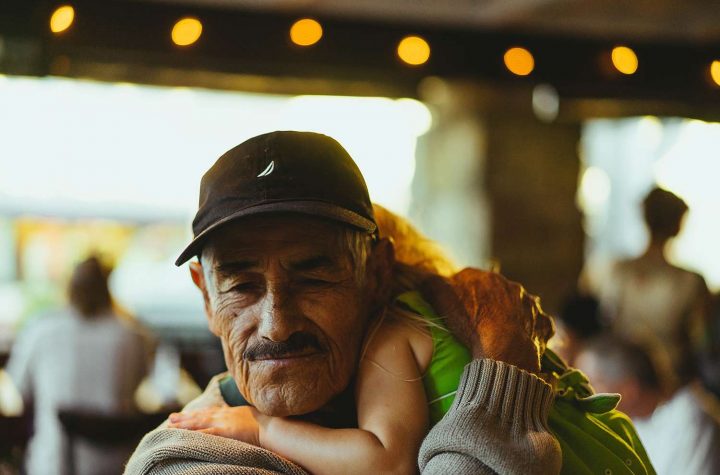- This topic is empty.
-
AuthorPosts
-
2025-02-21 at 11:08 am #83648
When it comes to screen printing, the choice of shirt can significantly impact the final product’s quality, durability, and overall appeal. As a professional in the industry, understanding the nuances of fabric types, shirt construction, and printing techniques is essential for achieving optimal results. In this post, we will delve into the various factors that influence the selection of the best shirt for screen printing, ensuring that your designs not only look great but also stand the test of time.
1. Fabric Composition: The Foundation of Quality
The fabric of the shirt is arguably the most critical factor in screen printing. The most commonly used materials include cotton, polyester, and blends of both. Each fabric type has its unique characteristics:
– 100% Cotton: Known for its softness and breathability, 100% cotton shirts are a favorite among screen printers. They absorb ink well, resulting in vibrant colors and sharp details. However, they may shrink after washing and can be prone to fading over time.
– Polyester: This synthetic fabric is highly durable and resistant to wrinkles and shrinking. Polyester shirts are ideal for athletic wear and outdoor apparel. However, they can be challenging to print on due to their slick surface, which may require special inks or coatings to ensure proper adhesion.
– Cotton-Polyester Blends: A combination of cotton and polyester offers the best of both worlds. These blends provide the comfort of cotton with the durability of polyester, making them suitable for various applications. They tend to hold colors well and resist fading, making them a popular choice for promotional items.
2. Shirt Construction: Fit and Style Matter
The construction of the shirt also plays a vital role in the screen printing process. Consider the following aspects:
– Weight: The weight of the fabric can affect how the shirt drapes and feels. Lightweight shirts (around 4-5 oz) are great for summer wear, while heavier shirts (6 oz and above) provide more durability and structure. Choose a weight that aligns with your target audience and intended use.
– Fit: The fit of the shirt—whether it’s fitted, relaxed, or oversized—can influence the design placement and overall aesthetic. Fitted shirts may require more precise printing techniques, while relaxed fits offer more space for larger designs.
– Seams and Stitching: Pay attention to the seams and stitching of the shirt. Double-stitched seams provide added durability, which is essential for shirts that will undergo frequent washing. Additionally, consider the location of seams, as they can affect where designs can be printed without distortion.
3. Color Selection: The Canvas for Your Art
The color of the shirt is another crucial factor in screen printing. Light-colored shirts, such as white or pastel shades, are ideal for vibrant designs, as they allow colors to pop. Conversely, dark shirts can create a striking contrast but may require the use of a white underbase to ensure that colors appear bright and true.
When selecting colors, consider the following:
– Colorfastness: Ensure that the shirt’s fabric is colorfast, meaning it won’t bleed or fade when exposed to washing or sunlight. This is particularly important for promotional items that will be worn frequently.
– Branding: If the shirts are for a specific brand or event, ensure that the colors align with the brand’s identity. Consistency in color can enhance brand recognition and appeal.
4. Printing Techniques: Compatibility is Key
Different printing techniques may require specific types of shirts. Here are a few common methods and their compatibility with various fabrics:
– Plastisol Ink: This is the most widely used ink for screen printing. It works well on cotton and cotton-blend fabrics, providing vibrant colors and excellent durability.
– Water-Based Ink: Ideal for 100% cotton shirts, water-based inks penetrate the fabric, resulting in a soft feel. However, they may not adhere well to synthetic fabrics.
– Discharge Ink: This technique removes the dye from the fabric, leaving a soft print. It works best on 100% cotton shirts and is ideal for achieving vintage looks.
Conclusion: Making an Informed Choice
Choosing the best shirt for screen printing involves a careful consideration of fabric composition, construction, color, and printing techniques. By understanding these factors, you can make informed decisions that enhance the quality and longevity of your printed designs. Whether you’re creating custom apparel for a business, event, or personal use, selecting the right shirt is crucial for achieving the desired outcome.
-
AuthorPosts
- You must be logged in to reply to this topic.


